Danelo Cavalcante's manhunt echoes the 19 days Norman Johnston spent on the lam in 1999
Escaped murderer Danelo Cavalcante's ability to elude police has raised as much interest as it has delivered shivers in southeast Pennsylvania and beyond.
But residents of where Pennsylvania, Maryland and Delaware meet have seen this before.
In 1999, Norman Johnston, a convicted killer of four, escaped from a Pennsylvania prison and returned to the area where decades earlier he and his two brothers ran a multimillon-dollar burglary ring. As the gang faced federal indictment, the brothers began executing members to prevent them from turning into government witnesses.
Their deeds inspired the 1986 movie "At Close Range," starring Sean Penn and Christopher Walken.
During the 19 days on the lam, Johnston stole cars; used a payphone at a Newark diner; and set off six dragnets in Pennsylvania, Maryland and Delaware. Twice, he managed to break from the hands of would-be captors, including a Chester County, Pennsylvania, park ranger and a University of Delaware police officer.
Exhausted and unfamiliar with how things looked and worked since being sent to prison, Johnston was captured in Mendenhall, Pennsylvania — about 2 miles from where he killed three teens 21 years earlier.
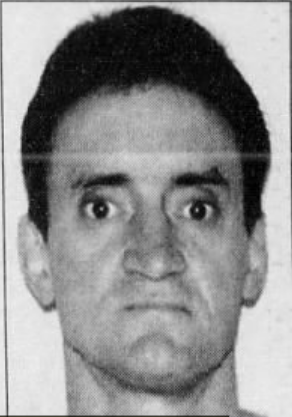
"I never ... hurt anyone. The car thefts I regret, but they were unavoidable," Johnston said in a 1999 letter to a staff writer at the Daily Local News of West Chester, Pennsylvania. "I didn't deserve the 'killer' label in 1980, nor the 'mad killer on the loose' label when I escaped."
Norman Johnston, brothers lead 'Bruce's Kiddie Gang'
Johnston and his brothers, Bruce Sr. and David, led a ring during the 1960s and 1970s that made millions by stealing from homes and businesses primarily in southeast Pennsylvania, but also in other areas such as Cecil County, Maryland, and New Castle County.
The organization was headed by Bruce Sr. and nicknamed "Bruce's Kiddie Gang" because it occupied a number of young thieves who specialized in stealing expensive farm machinery, as well as vehicles, auto parts and construction equipment.
While police would occasionally win a conviction and some jail time for the gang members, the ring could not be broken.
"They were a small-time country mafia, like nothing we've ever seen in this state," former Chester County prosecutor Dolores Troiani told Delaware Online/The News Journal in 1999.
But as a federal grand jury began probing their activities, the brothers feared the organization's young members were going to turn on them and, in August of that year, started executing them.
Bruce Sr.'s son, 18-year-old James Johnston, along with Dwayne Lincoln, 17, and Wayne Sampson, 20, were subpoenaed to testify before a federal grand jury in Philadelphia.
The young gang members never made it.
They were killed on Aug. 16. Their bodies were buried in a common grave in Chadds Ford, Pennsylvania.
Five days later, 24-year-old James Sampson was lured into a Lanchester, Pennsylvania, landfill and shot dead.
"What's the matter? Are you scared?" a witness told jurors in 1980 what Norman Johnston had said to him after the shooting. James Sampson's body was covered in garbage, never to be found.
Ambush of Bruce Johnston Jr.
The brothers' focus was then on Bruce Johnston Jr. — the then-20-year-old son of Bruce Sr., who prosecutors said paid $15,000 to have him killed.
The son, who was called "Little Bruce," had agreed to testify after learning his father and another man had raped his 15-year-old fiancée, Robin Miller.
In exchange for his testimony, Little Bruce was allowed to leave the Chester County prison he was being held in. He then moved into Miller's Oxford, Pennsylvania, home with her family.
The couple went to an outing in Hershey Park, returning to her rural farmhouse a little after midnight on Aug. 30, 1978.
Unbeknownst to them, Norman Johnston and his brother David were waiting.
SEARCH FOR DANELO CAVALCANTE: The escaped prisoner is what everyone is talking about, especially on social media
As the young couple stepped out of their car, the brothers opened fire.
"I got out of the car and was getting ready to close the door when the shooting started," Little Bruce said during a March 1979 preliminary hearing. "I fell back into the car and kept thinking, 'When is it going to stop?'"
He was shot eight times but survived. Miller, however, received a fatal shot to the head. At the hearing, Little Bruce said he tried to "help her breathe by blowing air into her mouth," but she died.
Little Bruce's father was said to not be happy about his son's survival.
"Fifteen [expletive] grand for a job you didn't half-finish," a witness testified Bruce Sr. told his brothers, to which Norman Johnston replied: "Those [expletive] rats are hard to kill, you know that."
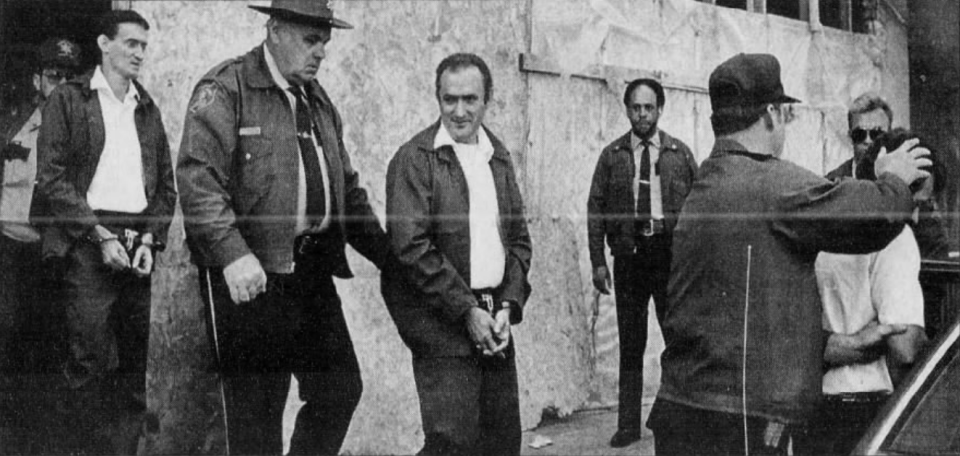
On the strength of Little Bruce's testimony, the brothers and other gang members were arrested.
Norman and David Johnston were convicted in 1980 of four murders and Little Bruce's attempted murder. Bruce Sr. was also convicted of these crimes and two additional killings.
The men were sentenced to consecutive life in prison terms.
Norman Johnston's prison break
As the brothers' devious actions were vanishing from the public's mind, Norman Johnston began devising a plan to escape from the State Correctional Institution at Huntingdon, Pennsylvania, where he'd been held since April 1987.
For about a year, officials believe Johnston devised a plan to escape from the prison, which is about a 90-minute drive west of Harrisburg. His planning included getting two prison employees to smuggle him contraband that he used in his escape. He also accepted a reprimand when he refused to change cells in June 1999 — a little more than a month before the escape.
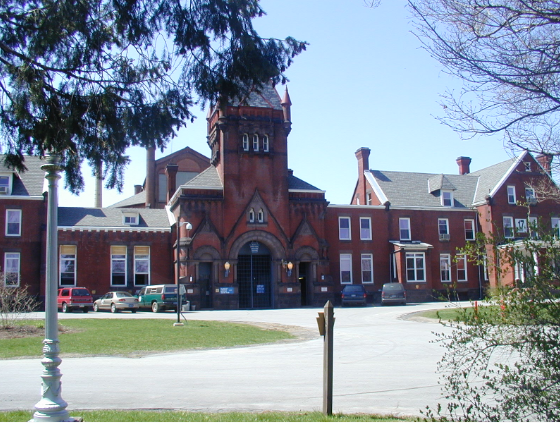
"It is surmised that Johnston was engaged in the pre-escape bar cutting at this time and accepted a misconduct rather than suffer the loss of his invested efforts," the Pennsylvania Department of Corrections said in a 2000 report on the escape.
Shortly after 1 a.m. on Aug. 2, 1999, Johnston started his escape from the prison's most restrictive wing.
On his bed, he placed a dummy he elaborately crafted using stuffed bread bags, pillowcases and real human hair. The dummy was meant to trick guards peering into his first-floor cell.
Using the smuggled tools, the now 48-year-old Johnston removed several security screws, a wire mesh screen and a previously cut seven-eighths-inch diameter window bar. He then broke an outside glass window, climbed through a 1-foot-wide-by-4-foot-tall opening and used strips from his bedsheet to tie the bar back together to create the appearance that the window was in place.
He then ran along the wall, cut through a fence, crawled under a roll or razor wire, sawed through another fence and ran around the back of the facility before stealing a 1966 Land Rover parked in front of a nearby residence.
According to the prison report, Johnston's vanishing went unnoticed for most of the morning because prison workers failed to follow corrections policies. For example:
At 6 a.m., when breakfast was served, officials simply passed Johnston by.
At about 9:30 a.m., a labor foreman supervising grass-mowing detail was notified by one of the inmates of a hole in the west fence. Even then, sirens were not sounded.
At 10 a.m., "standing count" was also overlooked, reportedly because inmates often refused to comply with the order to stand, choosing instead to remain in bed.
Between 10 a.m. and 10:30 a.m., corrections staff served lunch, which Johnston skipped.
Finally, at 10:30 a.m., two officers entered the cell and discovered the dummy.
It was not known how long it took Johnston to break out, but it's certain that Johnston had already fled the area in the stolen Land Rover and it was suspected he was heading to Chester County, where authorities in the region began warning people to take precaution.
Johnston's former wife, who had remarried, reportedly left the area when she heard about the escape, according to a News Journal article from the time.
Norman Johnston captures imaginations
Within days of his escape, Johnston was being spotted in the area:
Two women saw him at a fruit stand in Cecil County.
Police claimed to have seen Johnston smoking a cigarette outside the home of his niece in Leeds, Maryland.
Pennsylvania police disclosed that Johnson had been using the only payphone in Nottingham County Park to call family.
He was spotted by two Chester Park rangers, one of whom aimed a semiautomatic pistol at him and the other who ripped Johnston's T-shirt as they tried to arrest him. But Johnston broke free and ran into a wooded area.
"The guy paid no attention to the gun," Park Ranger Bob Barker told reporters in 1999. "He was fearless of the firearm that was pulled on him."
Five days before being captured, Johnston broke from the hands of another lawman, this time an unarmed University of Delaware police officer. He was also seen using a payphone outside Newark's Eagle Dinner, formerly located at 136 Elkton Road.
"[Patrons] have been taking pictures by the phone," the diner's manager, Linda Yoder, told The News Journal in 1999.
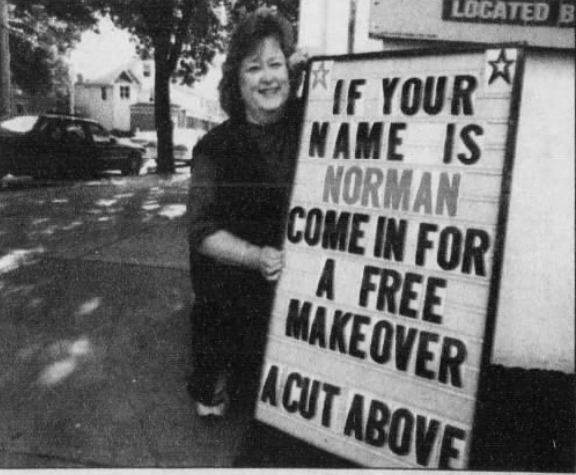
In fact, his sightings were becoming somewhat of an attraction as businesses ran promotions.
A Newark hair salon advertised free makeovers to anyone named Norman, and a restaurateur promised a free cheesesteak to Johnston and money for a beer if he appeared at their lunch cart.
Norman Johnston finds unfamiliarity outside of prison
Johnston's strategy to avoid capture was to live nocturnal during his days of flight. By day, he would lie low in the woods, and by night, he would travel by car and even shop.
But his time behind prison walls left him foreign to evolving mechanics on the outside. Johnston stuck to stealing older model cars during his flight because police said he knew them better. He was also baffled by pay-at-the-pump gas stations.
"There's a lot of buttons on those machines now," then-Pennsylvania State Police Capt. Henry Oleyniczak told reporters in 1999.
He was also unfamiliar with changes in the landscape where his gang once ran roughshod. Chester County's population in 1999 had jumped by 35% since his 1980 conviction.
The unfamiliarity is something law enforcement had on their side on the night of Aug. 19.
It was about 10:35 p.m. as then-Pennsylvania State Trooper Louis Robinson was pulling out of a Mobile gas station at U.S. Route 1 near Schoolhouse Road. That's when he noticed a 1980 Oldsmobile Cutlass come to a dead stop about 50 feet from his police cruiser. The Cutlass driver started to turn on Schoolhouse Road but then drove onto U.S. Route 1.
"I knew this guy was about to run, but I didn't know why," Robinson told a reporter in 1999. "Then it hit me."
Believing it was Johnston, Robinson turned on his police lights. The Cutlass, which had been reported stolen from Newark the day before, fled entering Kennett Square. Robinson, who radioed for help, pursued.
The chase, sometimes reaching speeds of up to 70 mph, continued out of Kennett Square, east into Deerfield, a development in a rural area south of Mendenhall.
Surprised he had turned in to a cul-de-sac, Johnston lost control of the car, running into a tree in a residential garden.
'You can't mistake his face,' said of Norman Johnston
Johnston ran out of the car at about 10:45 p.m., cut across several neighboring lawns and headed for the shelter of nearby woods and thickets.
For the next seven hours, 100 officers from Pennsylvania, Maryland and Delaware swarmed the area. Helicopters hovered above, while dogs sniffed through neighborhoods, woods and railroad tracks.
Area residents were beginning to start their days.
Rick Mercurio was prevented from heading to work by police searching for Johnston. He returned home and was telling his then-fiancée when they heard a loud thud on their deck outside.
DANELO CAVALCANTE MANHUNT: As search shifts to Longwood Gardens, Delaware ready if prisoner crosses state lines
Mercurio grabbed his gun, his fiancée grabbed the phone and they both ran to their barn where they called police. He used a flashlight to guide a helicopter to their house as police cars quietly rolled down the narrow driveway with their lights off.
As daylight was breaking, Johnston emerged from a grove of maple trees, swinging a knapsack and carrying a small plastic shopping bag. He was heading for a 1984 Ford pickup next to the barn, but he was caught off-guard when he looked up and saw the couple standing in the shadows.
"It's your buddy Norman," Mercurio blurted out.
Johnston backtracked with troopers in pursuit.
"What's going on? What's happening?" Johnston asked as police pushed him face forward to the ground and handcuffed him.
Wanting to confirm it was Johnston, they turned him over.
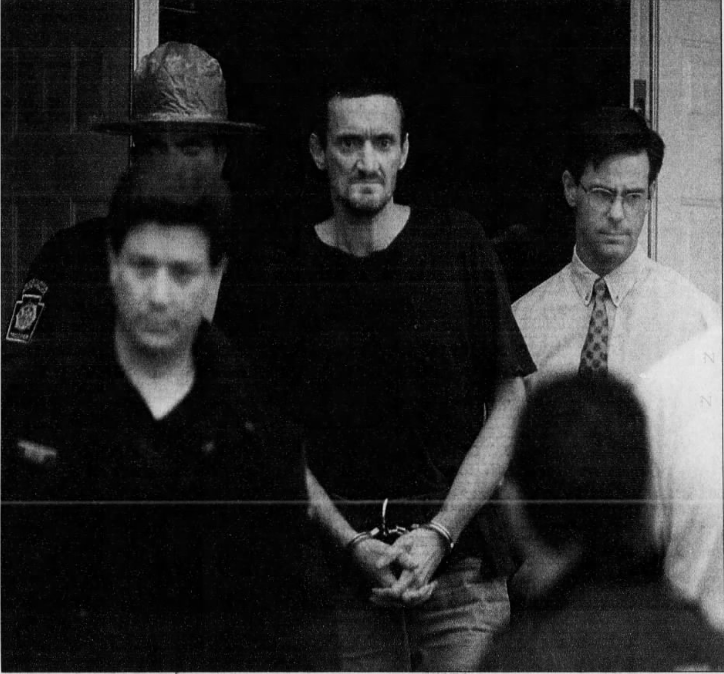
"Once we saw his face, we knew it was him," then-Trooper Glenn Blue told reporters. "You can't mistake his face."
Norman Johnston: 'I didn't deserve the 'killer' label'
Immediately after his capture, Johnston told authorities he was exhausted.
But in a 1999 letter to a staff writer at the Daily Local News of West Chester, Pennsylvania, Johnston wrote he was "depressed and confused."
"I had my mind set on dying rather than returning to this madness again," Johnston wrote.
In his letter, Johnston referred to his flight as his "run from freedom" and said the fear felt by residents over the repeated sightings and getaways had been unwarranted.
Johnston, now 73, is now being held at State Correctional Institution in Forest, located in Marienville, Pennsylvania.
Contact Esteban Parra at (302) 324-2299 or eparra@delawareonline.com.
This article originally appeared on Delaware News Journal: Chester County fugitive a reminder of Norman Johnston's 1999 manhunt

